Benedict Chukwukadibia Enwonwu M.B.E (Nigerian, 1917-1994)My Mama at 80 titled, signed and dated 'MY MAMA/AT 80/ Ben Enwonwu/ 1973' (lower right) oil on canvas 72 x 49.5cm (28 3/8 x 19 1/2in).FootnotesProvenance The artist's family. Painted in 1973, My Mama at 80 offers a striking portrait depicting the mother of the renowned pioneer of African modernism Odinigwe Benedict Chukwukadibia Enwonwu MBE, better known as Ben Enwonwu (1917-1994). The artist's mother, Ajie Iyom Nweze Enwonwu, was born and lived in Onitsha on the eastern bank of the Niger river in Nigeria. She used the city as the base for her successful business trading textiles. While the demands of the textile trade frequently took Iyom Nweze away from the family when Enwonwu was a young child, they developed an exceptionally close relationship in her later years. The depth of this bond is illustrated through the intimate quality of the artist's approach to his subject. His expressive handling of paint is applied using individuated brushstrokes. The tactility of the strokes convey the psychological complexity of the subject through visceral passages of blue-green, creamy white, and deep brown, all juxtaposed with flushed pinks to great effect. Enwonwu's depiction of his mother conveys the matriarch's reputation as a formidable force in family and business matters alike. The composition of the portrait is closely cropped to her head and shoulders to focalise her direct gaze and stoic expression. Her command of authority is further expressed through Enwonwu's decision to paint Iyom Nweze in her Òtù Ọdụ title regalia (also referred to as Omu regalia in S. Ogbechie, 2008: p. 194). The Ọdụ title was granted to Onitsha women who were deemed to be important contributors to the progress, development, and peace of the local community. They were understood to constitute the elite women's socio-political and economic group and were accordingly granted the title Iyom. In the portrait, Enwonwu depicts Iyom Nweze in the official dress of the Òtù Ọdụ: two white loin cloths tied over each other, a white head tie, and a coral bead necklace. These were worn in addition to bangles and anklets made from elephant tusk - a valuable material which symbolises wealth, beauty, royalty, and authority in Onitsha culture. As the only known painting of his mother by the artist, the portrait is exceptional within Enwonwu's oeuvre. The highly personal subject matter situates the work within a broader lineage of artists who sought to represent close family members through their artmaking – a trope particularly prevalent in the Western painterly traditions that constituted a significant part of Enwonwu's training in Nigeria and at the Slade School of Fine Art in London where he studied in the 1940s. The non-representational dappled blue background and passages of pink paint applied to the cheeks of the subject particularly evoke Paul Cézanne's portraits of his wife, Marie-Hortense Fiquet, created in the 1880s. The French artist's experimental approach to painterly technique was of great inspiration to Enwonwu. During his lecture tour in the United States in 1949, he declared, 'Cézanne was a bad technician but he is among the greatest of the Impressionists' (Enwonwu quoted in S. Ogbechie, 2008: p. 107). Taking a similarly experimental approach to his own portraiture, Enwonwu fused such references to Western modes of figurative representation with traditional Igbo tropes to formulate a distinctly modern Nigerian aesthetic. He argued for the importance of embracing Western techniques while retaining the traditions of African art: 'Whatever the neo-African culture is today, art should express it and should employ all the native and acquired means that are possible' (Enwonwu quoted in Ogbechie, 2008: p. 79). This impetus to cultural hybridity championed by Enwonwu was shared by other influential pioneers of Nigerian modernism who were similarly responding to figurative Western traditions including Aina On
Benedict Chukwukadibia Enwonwu M.B.E (Nigerian, 1917-1994)My Mama at 80 titled, signed and dated 'MY MAMA/AT 80/ Ben Enwonwu/ 1973' (lower right) oil on canvas 72 x 49.5cm (28 3/8 x 19 1/2in).FootnotesProvenance The artist's family. Painted in 1973, My Mama at 80 offers a striking portrait depicting the mother of the renowned pioneer of African modernism Odinigwe Benedict Chukwukadibia Enwonwu MBE, better known as Ben Enwonwu (1917-1994). The artist's mother, Ajie Iyom Nweze Enwonwu, was born and lived in Onitsha on the eastern bank of the Niger river in Nigeria. She used the city as the base for her successful business trading textiles. While the demands of the textile trade frequently took Iyom Nweze away from the family when Enwonwu was a young child, they developed an exceptionally close relationship in her later years. The depth of this bond is illustrated through the intimate quality of the artist's approach to his subject. His expressive handling of paint is applied using individuated brushstrokes. The tactility of the strokes convey the psychological complexity of the subject through visceral passages of blue-green, creamy white, and deep brown, all juxtaposed with flushed pinks to great effect. Enwonwu's depiction of his mother conveys the matriarch's reputation as a formidable force in family and business matters alike. The composition of the portrait is closely cropped to her head and shoulders to focalise her direct gaze and stoic expression. Her command of authority is further expressed through Enwonwu's decision to paint Iyom Nweze in her Òtù Ọdụ title regalia (also referred to as Omu regalia in S. Ogbechie, 2008: p. 194). The Ọdụ title was granted to Onitsha women who were deemed to be important contributors to the progress, development, and peace of the local community. They were understood to constitute the elite women's socio-political and economic group and were accordingly granted the title Iyom. In the portrait, Enwonwu depicts Iyom Nweze in the official dress of the Òtù Ọdụ: two white loin cloths tied over each other, a white head tie, and a coral bead necklace. These were worn in addition to bangles and anklets made from elephant tusk - a valuable material which symbolises wealth, beauty, royalty, and authority in Onitsha culture. As the only known painting of his mother by the artist, the portrait is exceptional within Enwonwu's oeuvre. The highly personal subject matter situates the work within a broader lineage of artists who sought to represent close family members through their artmaking – a trope particularly prevalent in the Western painterly traditions that constituted a significant part of Enwonwu's training in Nigeria and at the Slade School of Fine Art in London where he studied in the 1940s. The non-representational dappled blue background and passages of pink paint applied to the cheeks of the subject particularly evoke Paul Cézanne's portraits of his wife, Marie-Hortense Fiquet, created in the 1880s. The French artist's experimental approach to painterly technique was of great inspiration to Enwonwu. During his lecture tour in the United States in 1949, he declared, 'Cézanne was a bad technician but he is among the greatest of the Impressionists' (Enwonwu quoted in S. Ogbechie, 2008: p. 107). Taking a similarly experimental approach to his own portraiture, Enwonwu fused such references to Western modes of figurative representation with traditional Igbo tropes to formulate a distinctly modern Nigerian aesthetic. He argued for the importance of embracing Western techniques while retaining the traditions of African art: 'Whatever the neo-African culture is today, art should express it and should employ all the native and acquired means that are possible' (Enwonwu quoted in Ogbechie, 2008: p. 79). This impetus to cultural hybridity championed by Enwonwu was shared by other influential pioneers of Nigerian modernism who were similarly responding to figurative Western traditions including Aina On
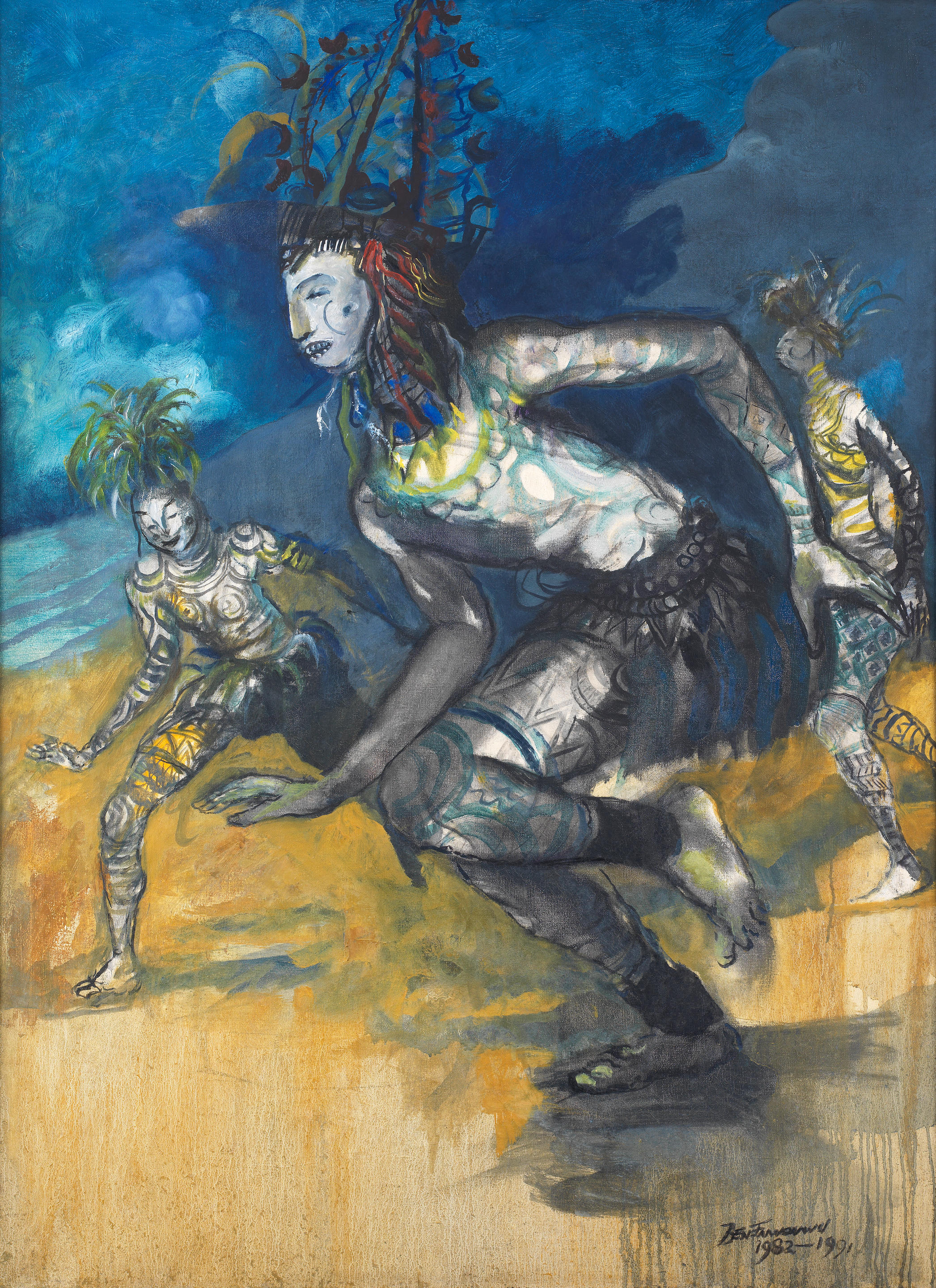
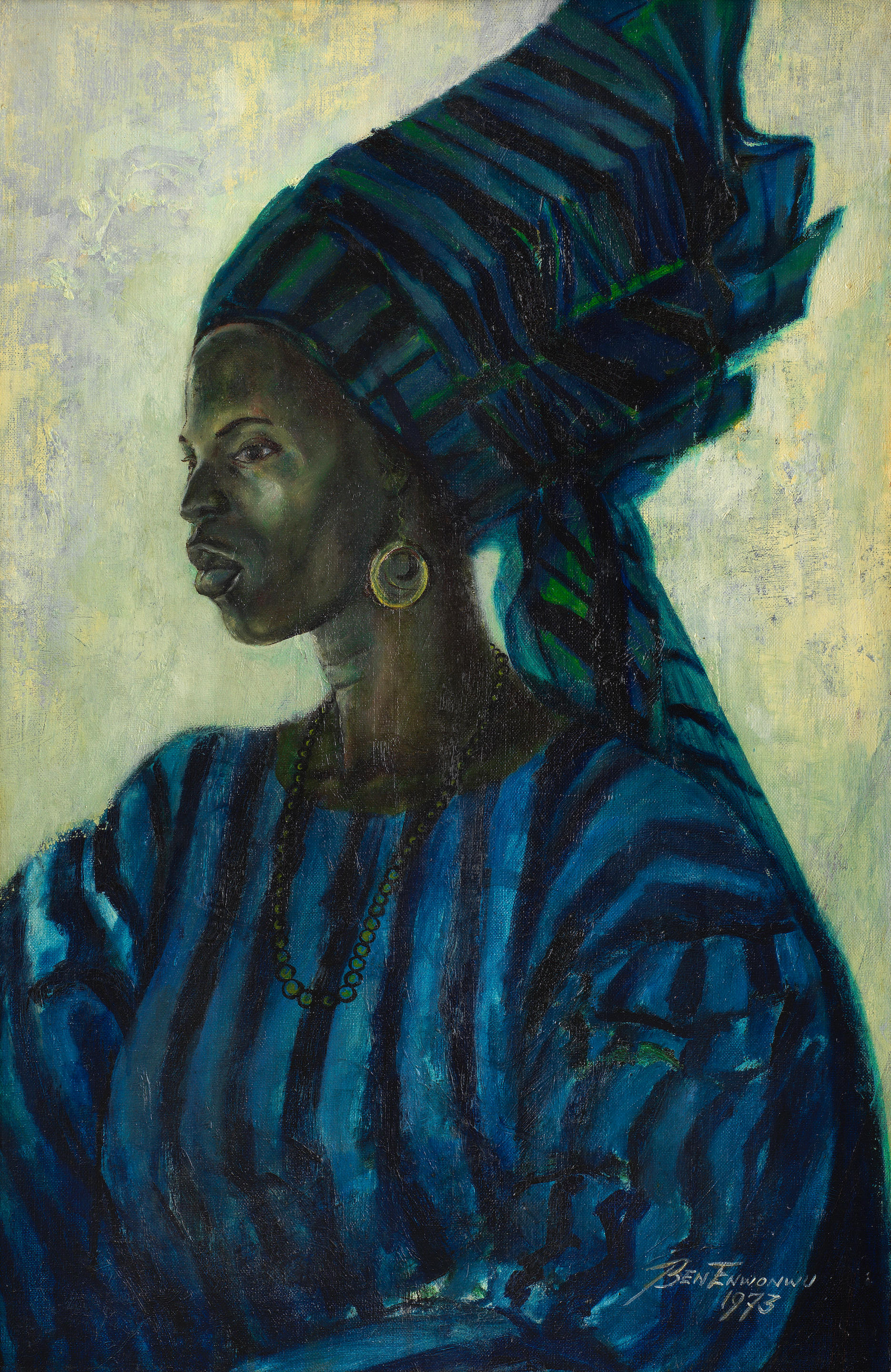
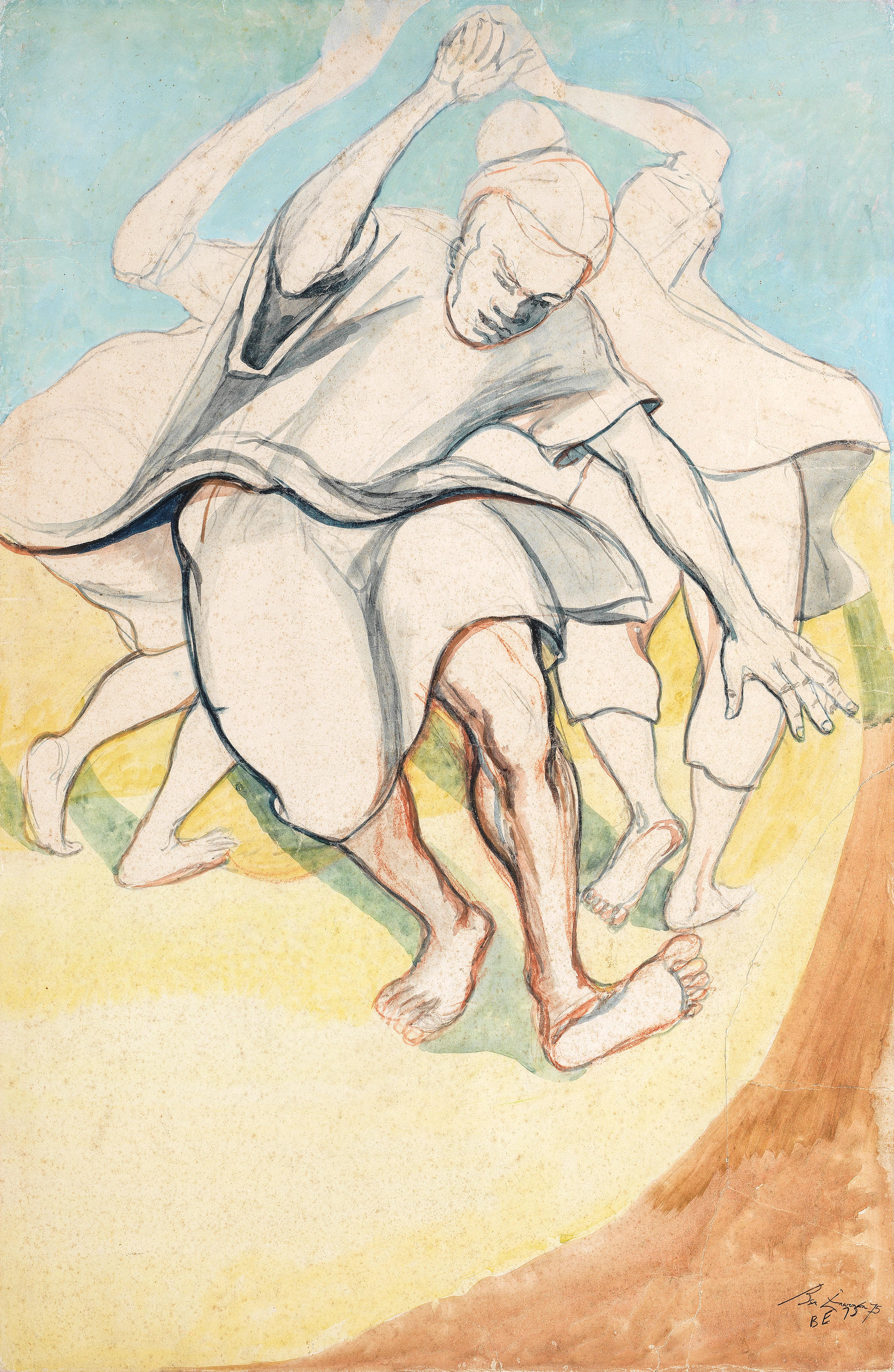

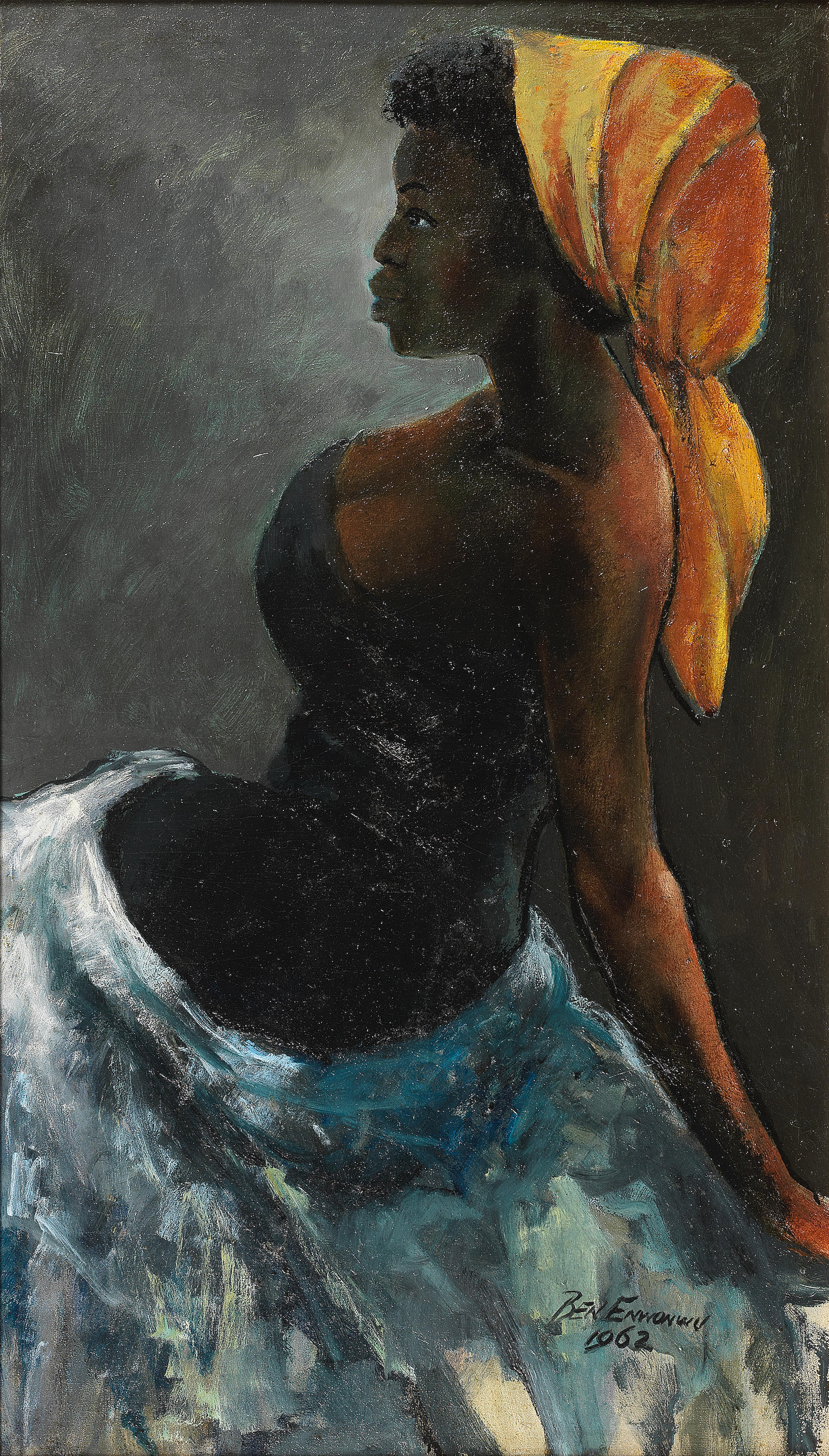
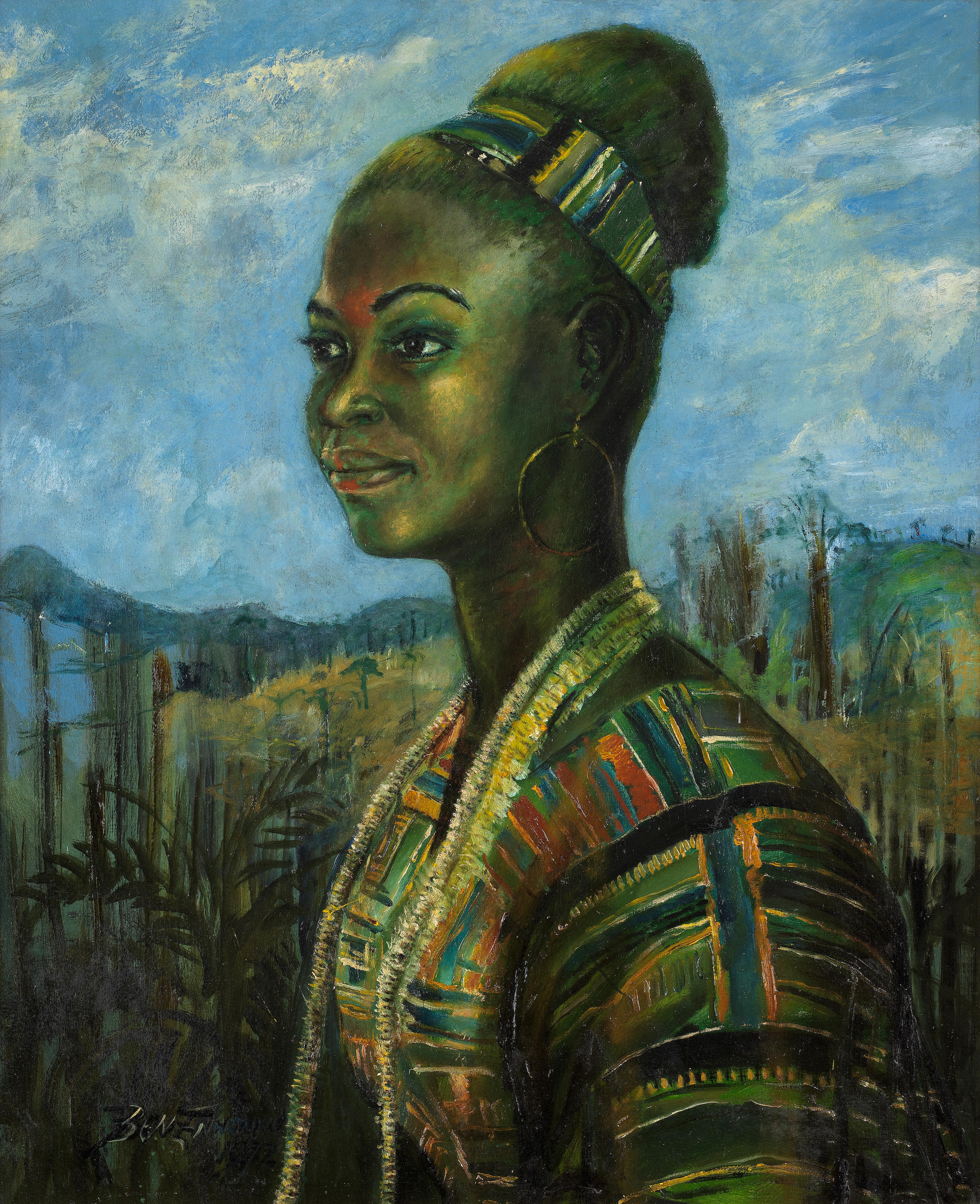

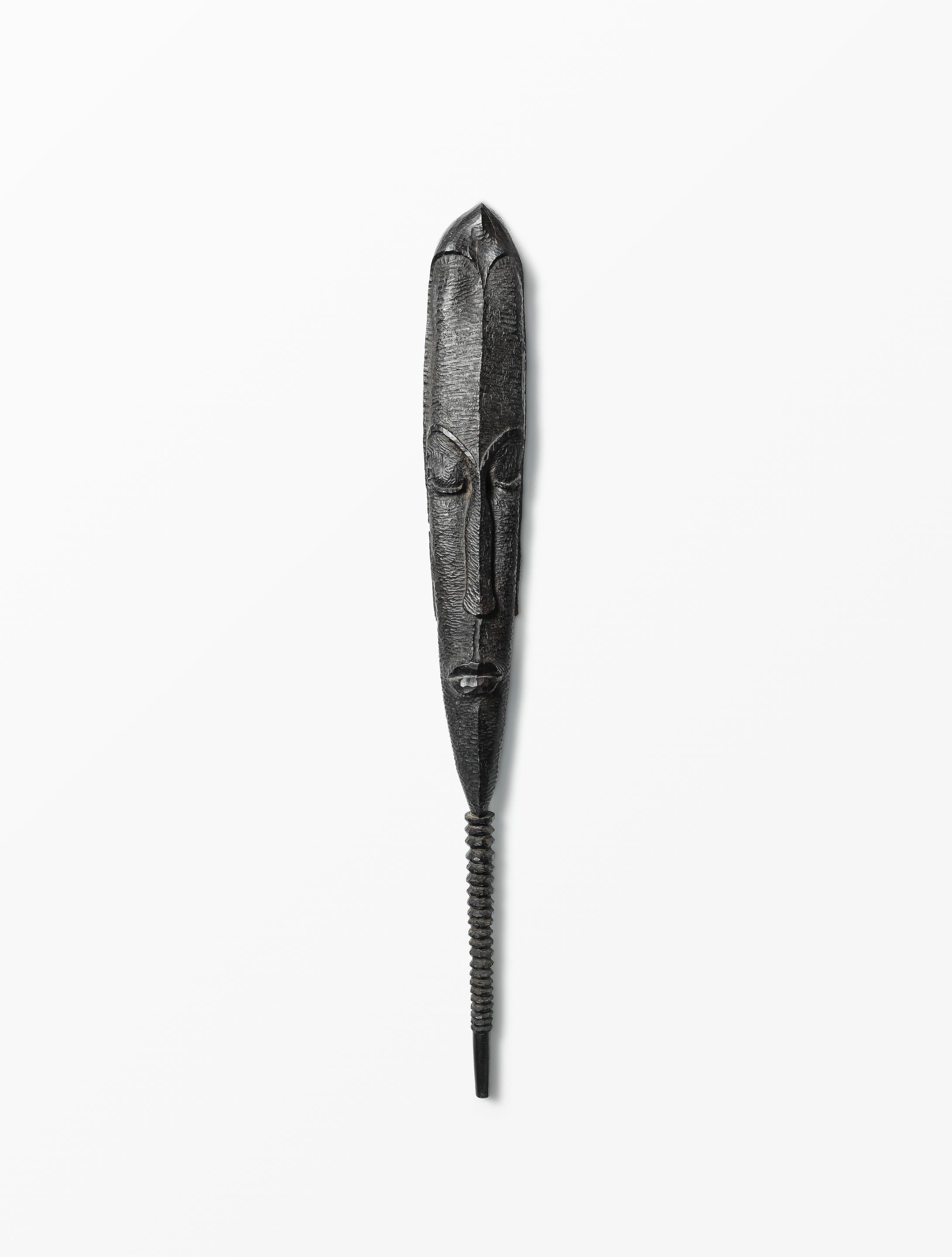

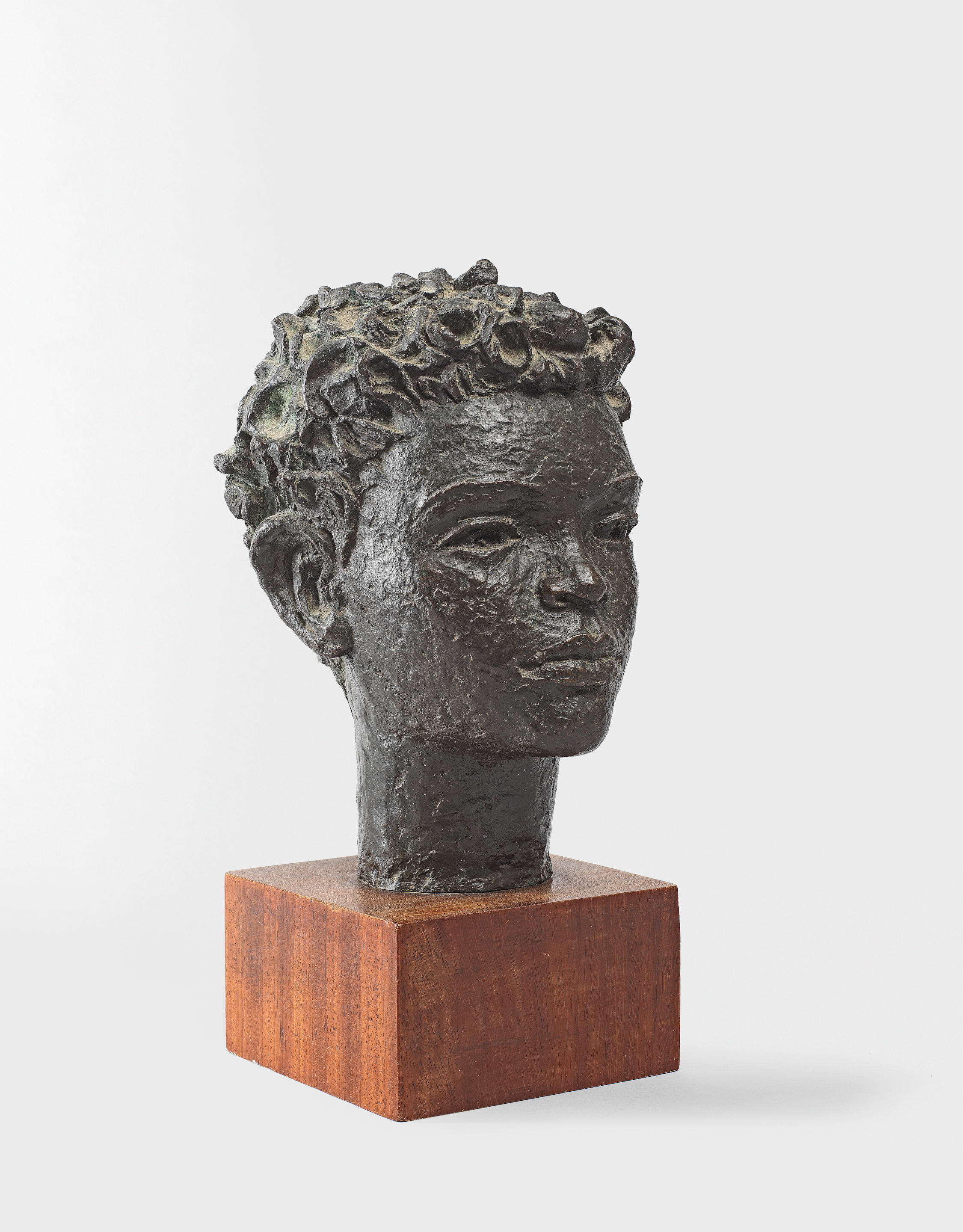

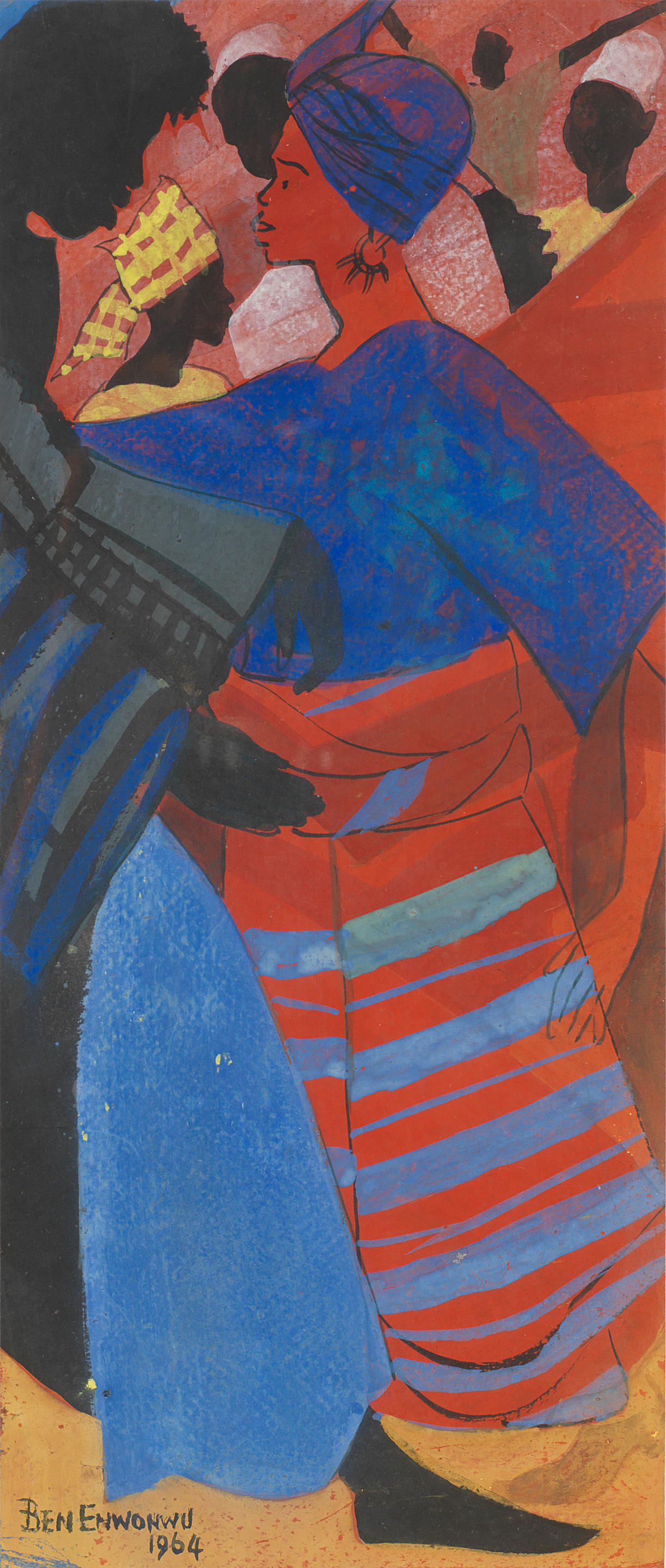
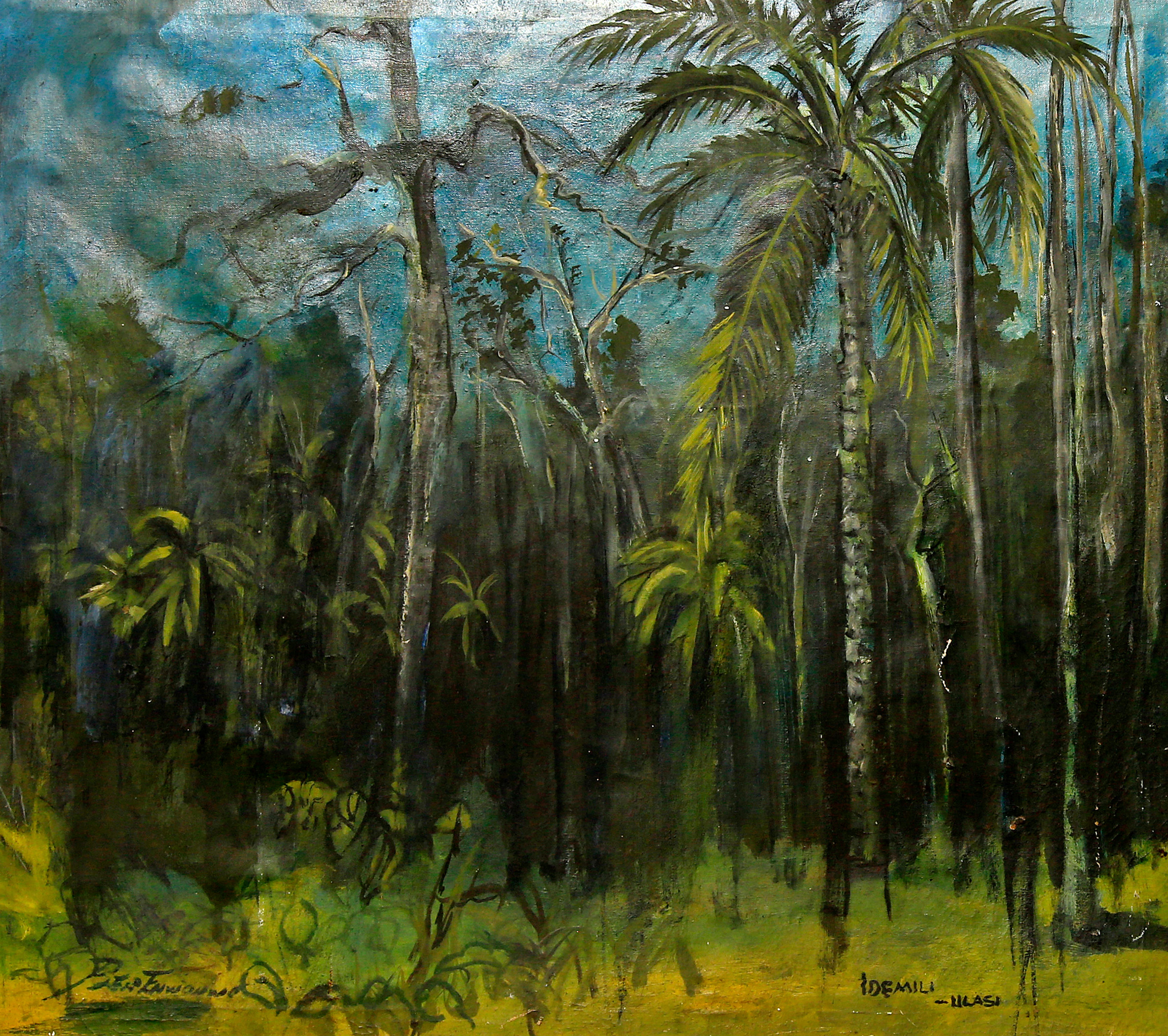

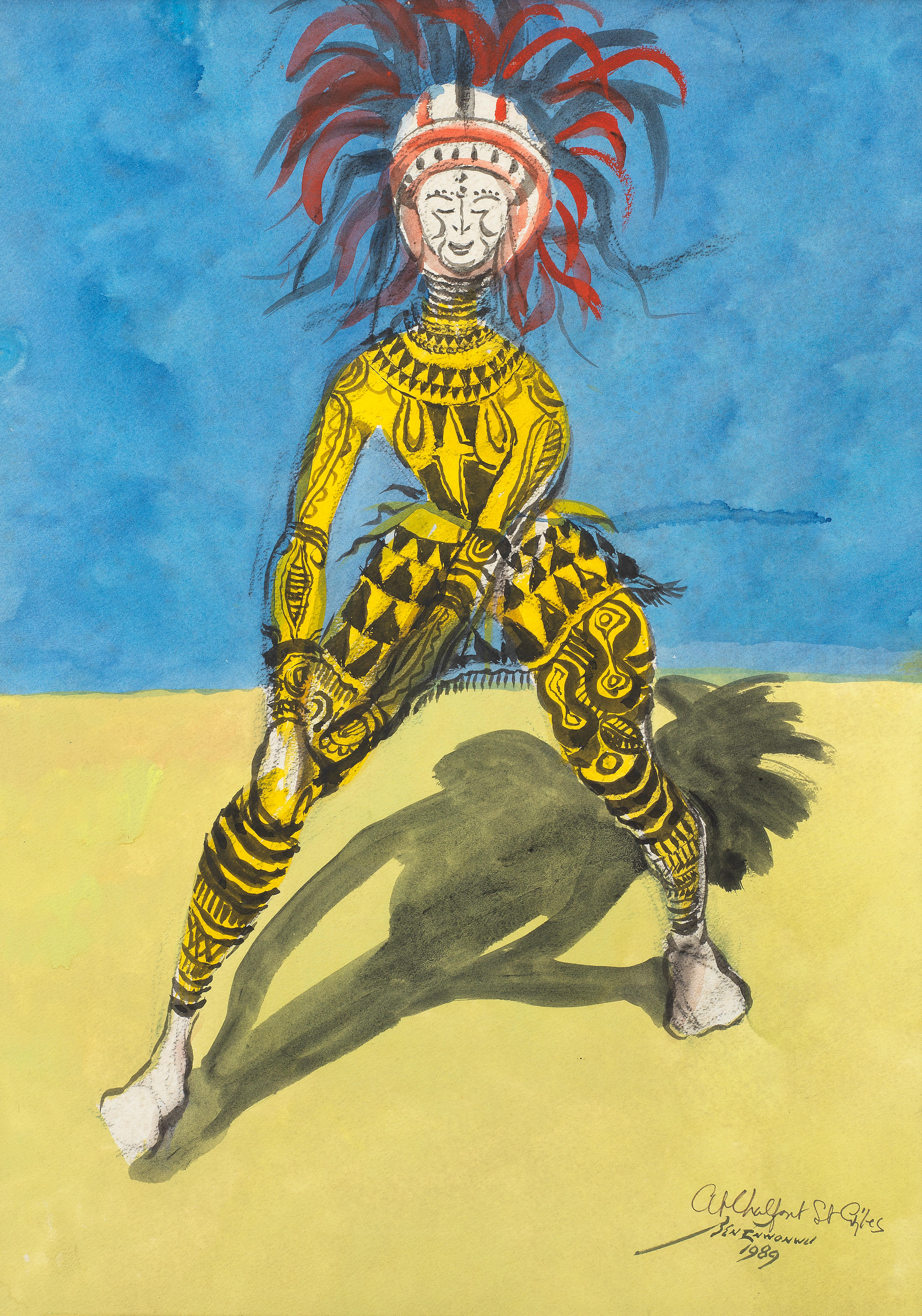
Testen Sie LotSearch und seine Premium-Features 7 Tage - ohne Kosten!
Lassen Sie sich automatisch über neue Objekte in kommenden Auktionen benachrichtigen.
Suchauftrag anlegen